"I tried to calm them down": portraits of Auschwitz prisoners by Polish photographer Wilhelm Brass
Categories: History
By Pictolic https://pictolic.com/article/i-tried-to-calm-them-down-portraits-of-auschwitz-prisoners-by-polish-photographer-wilhelm-brass.htmlIn 1940, the 23-year-old Polish photographer Wilhelm Brass found himself in the Auschwitz death camp. After the occupation of Poland, he was interrogated by an SS officer, at which he refused to swear allegiance to Hitler, and he was sent to prison for three months. After the photographer tried to escape to Hungary to join the Polish troops, but he was caught at the border and sent to Auschwitz-Birkenau.
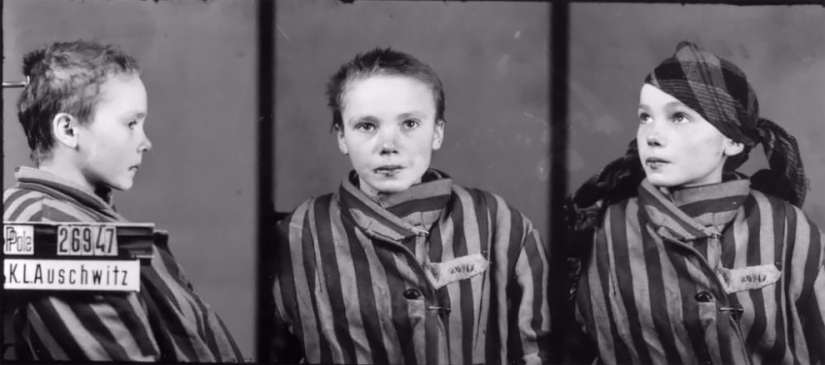
Brass had to work in a concentration camp as a photographer because the Nazis wanted him to document the results of their experiments on prisoners. The photographer recalled that he took from 40 to 50 thousand "identification pictures" in 1940-1945. After the arrival of Soviet troops on the territory of Poland, Brass and other prisoners were taken to the Ebensee concentration camp. Only in May 1945, they were released by American soldiers.
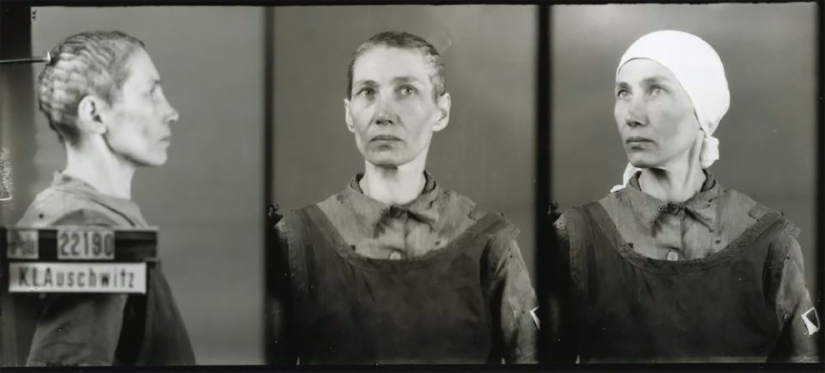 After a year and a half of imprisonment in Auschwitz, the photographer met Josef Mengele, a German doctor known for conducting inhumane medical experiments on prisoners. Brass had to photograph the results of his experiments.
After a year and a half of imprisonment in Auschwitz, the photographer met Josef Mengele, a German doctor known for conducting inhumane medical experiments on prisoners. Brass had to photograph the results of his experiments.
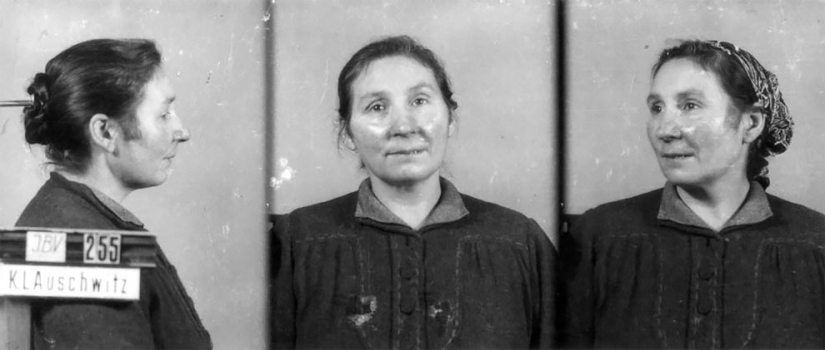 Once he had to film the death of prisoners from the Cyclone B gas.
Once he had to film the death of prisoners from the Cyclone B gas.

The photo of a 14-year-old Polish girl Czeslawa Kwoka inspired poet Teresa Edwards and artist Lori Schreiner to create the book Painting Czeslawa Kwoka ("Portrait of Czeslawa Kwoka"). A book dedicated to the memory of children victims of the Holocaust has received a LIFE Award.
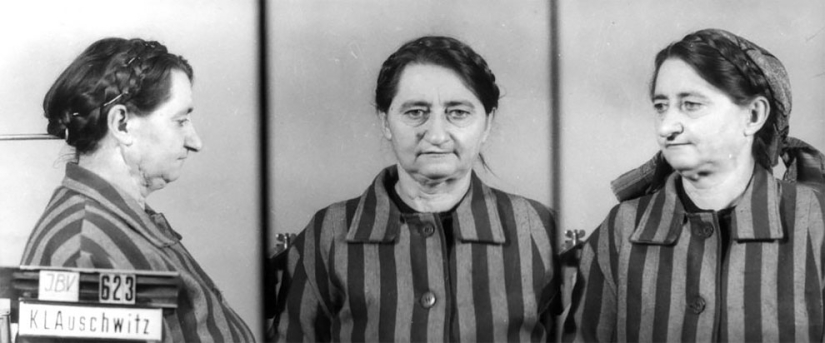 Many years later, the photographer returned to the Auschwitz-Birkenau Museum at the concentration camp to share his memories with visitors. He had a camera with him, but he didn't take a single picture.
Many years later, the photographer returned to the Auschwitz-Birkenau Museum at the concentration camp to share his memories with visitors. He had a camera with him, but he didn't take a single picture.
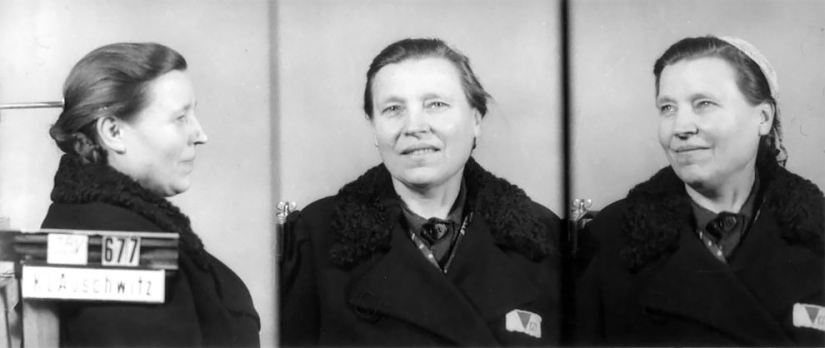 Wilhelm Brasset died at the age of 94 in his hometown of Zivce, leaving his wife, two children and five grandchildren.
Wilhelm Brasset died at the age of 94 in his hometown of Zivce, leaving his wife, two children and five grandchildren.
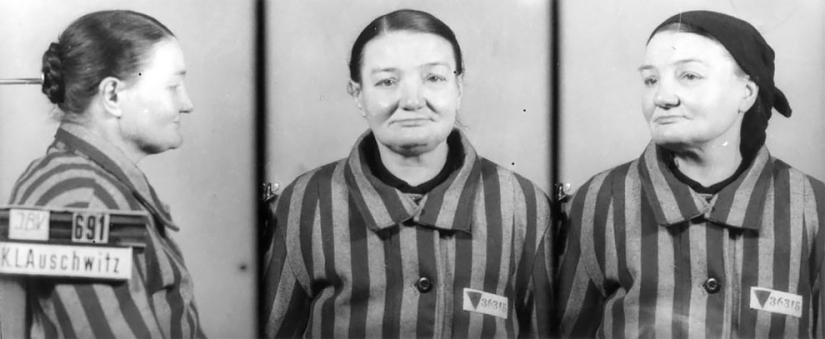
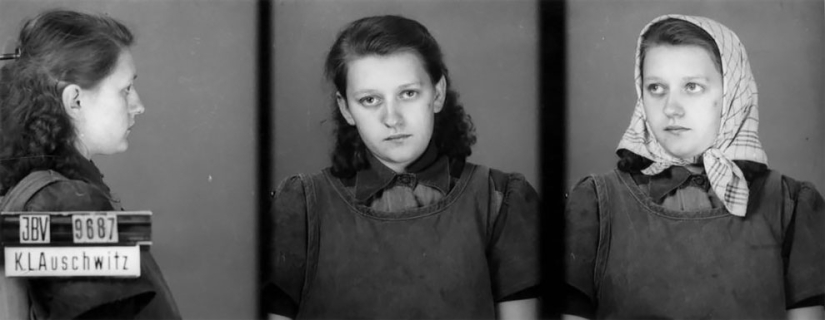
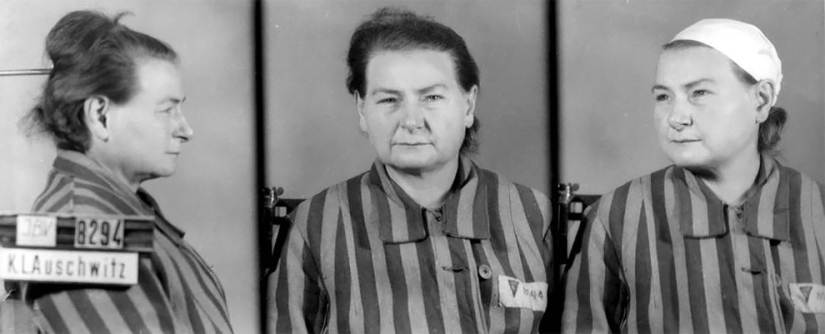
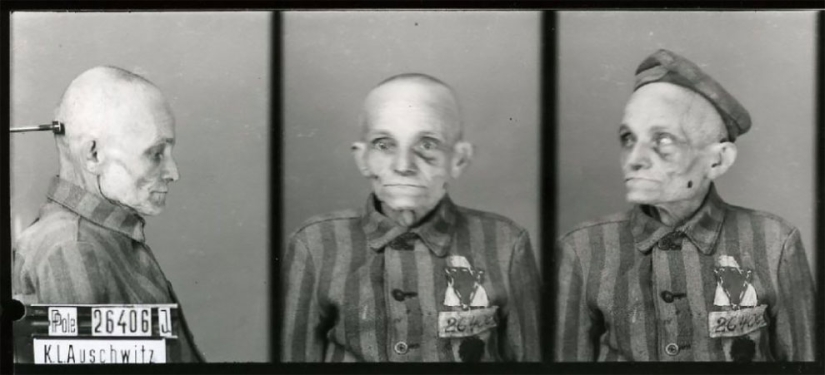
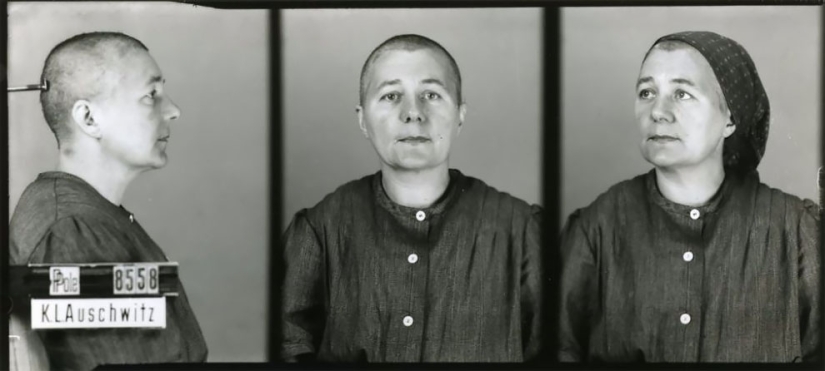
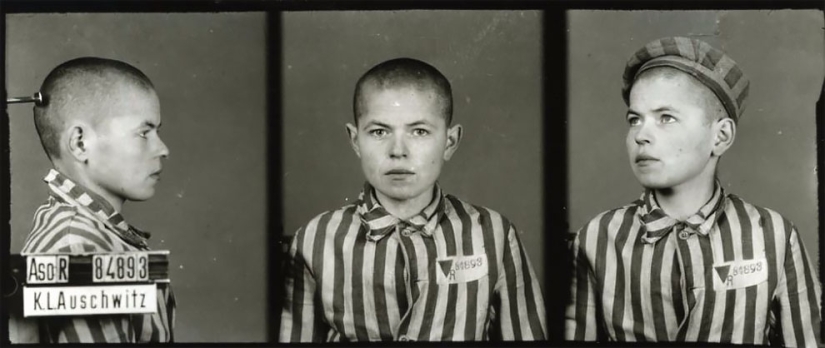
Keywords: World War II | Prisoners | Concentration camp | Nazis | Auschwitz | Poland | Photographer
Post News ArticleRecent articles

We present you a selection of amazing beaches — but today these are not standard holiday destinations, but really unusual places. ...

Aerial photographer cronista johnny Miller demonstrate dramatically the gap between rich and poor in cities of South Africa, Mexico ...
Related articles

While the Red Army used the "front-line hundred grams", methamphetamines were used on the other side of the trenches. Under the ...

The siege of Leningrad is one of the most terrible pages in the history of the city. The harsh winter of 1941-1942 completed what ...

Today, the whole country congratulates the veterans-heroes and heirs of the immortal glory of Russian soldiers and officers, who at ...

On April 22, 1923, Bettie Page was born in Nashville, who became a sex symbol throughout the country in the middle of the century. ...